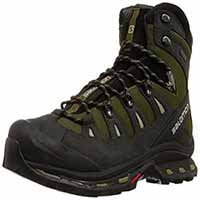"List of what you should pack before traveling"
This Packing List will help you to prepare for your outdoor adventure in one of the most stunning regions of South America. In it we have provided as much detail on every piece of kit you will need for a safe and successful trekking. The packing list includes personal recommendations on gear that we own and use. We believe these recommended items of gear provide the best value for money and deliver the best performance.

















